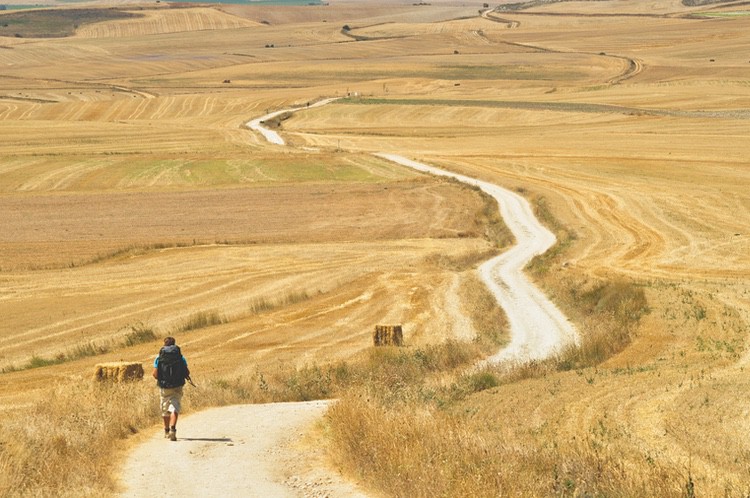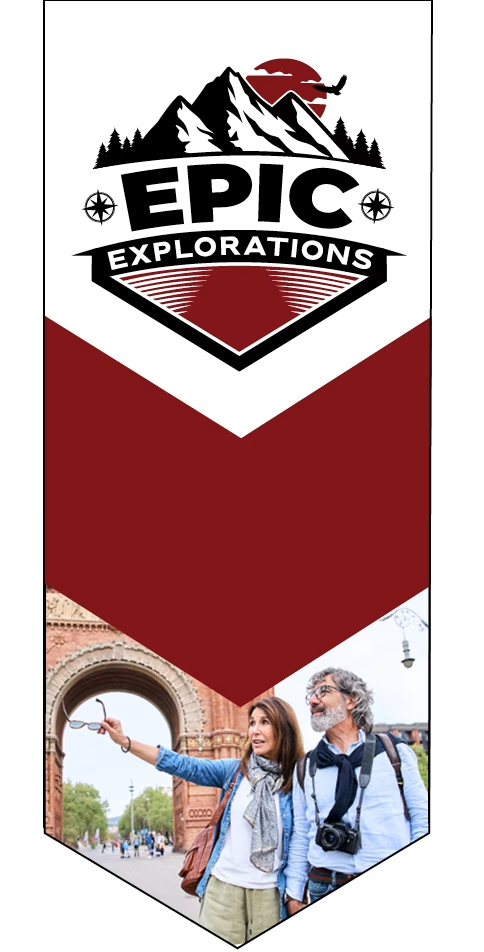Sacred Pilgrimage Routes That Transform the Soul
There’s something deeply profound about walking in the footsteps of saints, monks, and seekers from centuries past. Sacred pilgrimage routes are more than just historical trails—they are spiritual odysseys, winding through landscapes that whisper stories of faith, sacrifice, and divine encounter. These paths aren’t just walked; they are experienced and felt in the muscles, breath, and soul.
Whether it’s the Camino de Santiago, the Via Francigena, or the lesser-known but equally transformative St. Olav Ways, these sacred routes invite modern-day travelers into an ancient rhythm of slowing down, listening, and reconnecting. But why undertake such a journey? And what should you expect when setting out on one of these timeless paths?
Let’s walk through it together.
Why Take a Pilgrimage on Foot?
In a world dominated by speed—fast travel, instant messaging, constant connection—pilgrimage invites something radically different: slowness. A sacred route isn’t about checking off sights from a list; it’s about encountering the journey itself.
- Physical Challenge Meets Spiritual Renewal—Many routes cover hundreds of miles, demanding endurance. But clarity often emerges in the struggle, the worn-out shoes, and the deep breaths at a sunrise overlook.
- Connection to History—These are not new trails. They have been worn into the earth by generations of faithful travelers. To walk them is to join a lineage stretching back through time.
- Sacred Encounters—Whether in a grand cathedral, a tiny village chapel, or a moment of silence in nature, holy pilgrimage routes invite travelers to profound reflection and encounter.
- Community and Solitude – You’ll meet fellow travelers—each walking their own story—and yet, at times, you’ll walk alone, hearing nothing but the wind and your thoughts. Both experiences are transformative.
The Great Pilgrimage Routes
Camino de Santiago (Spain, France, Portugal)
The Camino de Santiago, or the Way of St. James, is the world’s most famous Christian pilgrimage route. Pilgrims walk to Santiago de Compostela, where the remains of St. James are said to be buried.
- Main Routes: The Camino Francés (the classic route), the Camino Portugués (from Portugal), and the Camino del Norte (a stunning coastal route).
- Distance: Varies—most walk around 500 miles from St. Jean Pied de Port to Santiago.
- Why Walk It? The Camino is as much a personal pilgrimage as it is a Christian one. Walkers report a deep sense of freedom, clarity, and unexpected encounters with grace.
Traveling there: Start in France or Spain, fly into Madrid or Barcelona, then take a train or bus to your starting point. Along the way, expect to stay in pilgrim hostels or albergues, where you’ll meet fellow walkers worldwide.
Via Francigena (England, France, Switzerland, Italy)
The Via Francigena is the medieval route that led pilgrims from Canterbury, England, to the Vatican in Rome. It’s less traveled than the Camino but just as sacred.
- Distance: Around 1,200 miles, though most do shorter sections.
- Why Walk It? The Via Francigena offers a chance to walk through stunning European countryside, medieval villages, and grand cathedrals, ending at St. Peter’s Basilica in Rome.
Traveling there: Many start in Canterbury, England, and cross the English Channel to France before moving through the Alps into Italy. It’s an unforgettable way to arrive in Rome, as countless pilgrims have done for over a thousand years.
St. Olav Ways (Norway, Sweden, Denmark)
Not all pilgrimages end in Rome or Santiago. The St. Olav Ways lead to Nidaros Cathedral in Trondheim, Norway, where St. Olav, Norway’s patron saint, is buried.
- Distance: The main route, the Gudbrandsdalen Path, is about 400 miles through forests, mountains, and fjords.
- Why Walk It? This pilgrimage is for those who want a wild, nature-filled journey with deep historical roots. Walking through Norway’s rugged terrain, you’ll experience the same silence and isolation medieval pilgrims sought for deep reflection.
Traveling there: Most pilgrims start in Oslo, taking a train or bus to their chosen starting point. The pilgrimage ends in Trondheim, a city that still feels medieval in its heart.
Kumano Kodo (Japan)
Though not a traditional Christian pilgrimage, the Kumano Kodo in Japan is recognized as a twin pilgrimage to the Camino de Santiago due to its deep spiritual significance.
- Distance: The Nakahechi route is about 40 miles long, but tougher mountain routes stretch longer.
- Why Walk It? This route, winding through the mystical forests and ancient shrines of Japan’s Kii Peninsula, offers an experience that combines nature, silence, and spiritual discovery.
Traveling there: Fly into Osaka and take a train to Kii-Tanabe. From there, the trail leads into the mountains, through misty forests and past centuries-old shrines. Pilgrims can collect stamps—much like in the Camino’s credential (pilgrim passport).
Preparing for the Journey
Pilgrimage is not just a trip—it’s an act of faith, even if you’re unsure what you believe when you start. Some things to consider:
- Pack Light. A rule of thumb is: if you can’t comfortably carry it, don’t bring it. A good backpack, a sturdy pair of boots, and essentials are all you need.
- Train Before You Go – Many routes involve long days of walking (10-20 miles per day). Even if you’re in shape, practice walking with a backpack.
- Embrace the Unexpected – Pilgrimage has a way of challenging and surprising you. You may find companionship when you expect solitude or solitude when you long for company. Be open.
- Allow Time for Reflection—Whether through prayer, journaling, or simple moments of silence, make space for listening—to yourself, to history, and to the sacred.
The Road Awaits
A pilgrimage is not a vacation. It’s not a sightseeing tour. It’s a journey—one that invites deep transformation. Whether you feel called to walk the Camino de Santiago’s sunlit vineyards, the Via Francigena’s medieval roads, the St. Olav Way’s Nordic wilderness, or even the sacred forests of Japan, one thing is certain:
You won’t be the same person when you return.
So lace up your boots. Take the first step. The road is waiting.

Robert Riesmeyer is the visionary Founder and Experience Curator of Epic Explorations, a boutique travel company dedicated to crafting extraordinary journeys worldwide. Rooted in a passion for exploration, Robert brings a unique blend of creativity and commitment to every adventure, ensuring each experience is as unforgettable as the destinations themselves.
Originally from the Midwest, Robert left behind a career in insurance to pursue his dream of sharing the world's wonders with fellow travelers. With a focus on safety and an eye for the unexpected, he curates immersive experiences that allow travelers to connect deeply with the world, fostering curiosity, connection, and unforgettable memories.
Beyond his role in travel, Robert embraces the spirit of giving through his portrayal of Santa Claus, spreading joy to families and children during the holiday season. Through this role and Epic Explorations, he supports numerous charities, including Shadow Buddies, Mother's Refuge, Moving Ahead, Opertion Breakthrough and Santa America, bringing kindness and hope to those in need.
Based in Kansas City, Robert is constantly in search of new frontiers, dreaming big, giving back, and inspiring others to explore even bigger.


